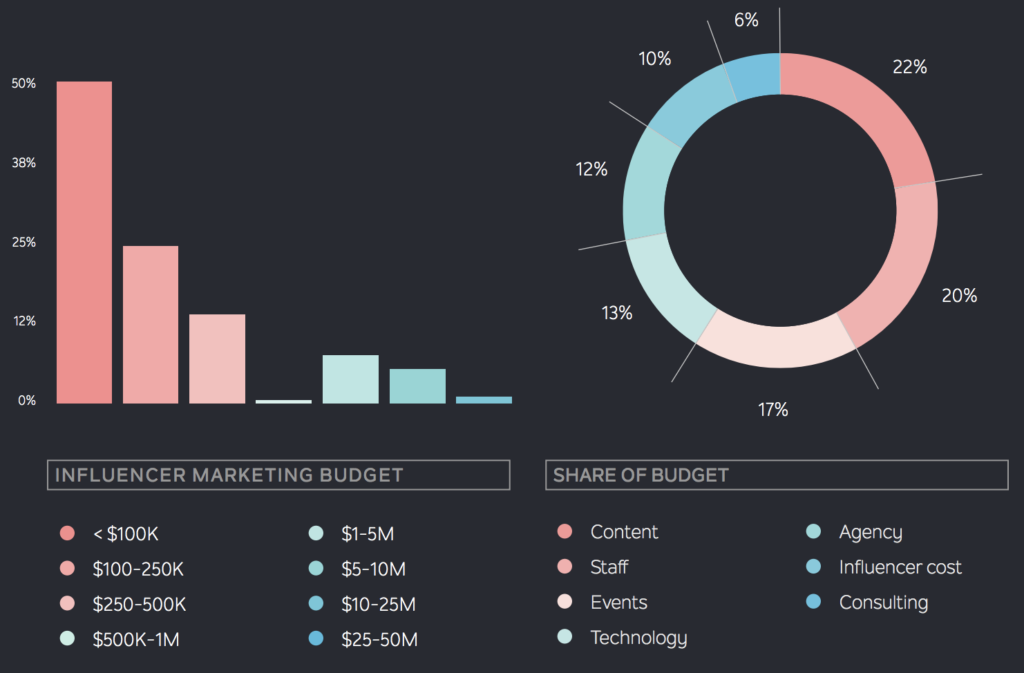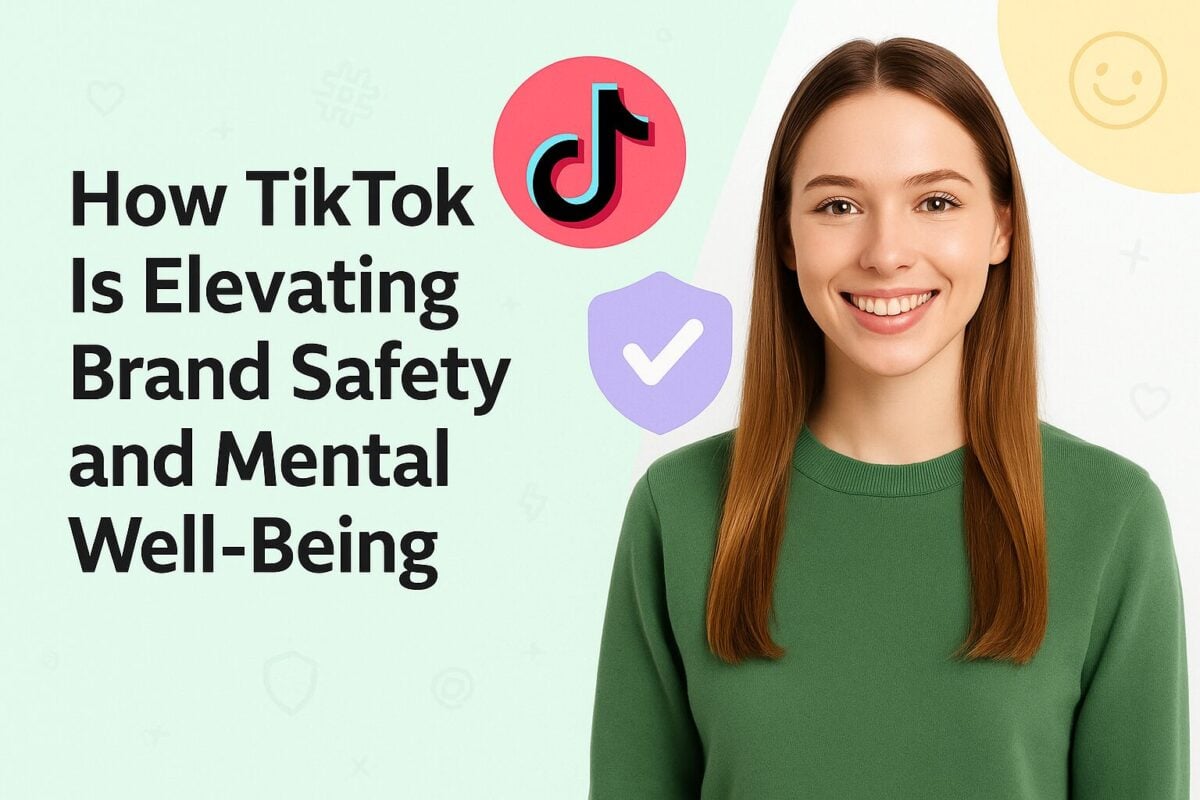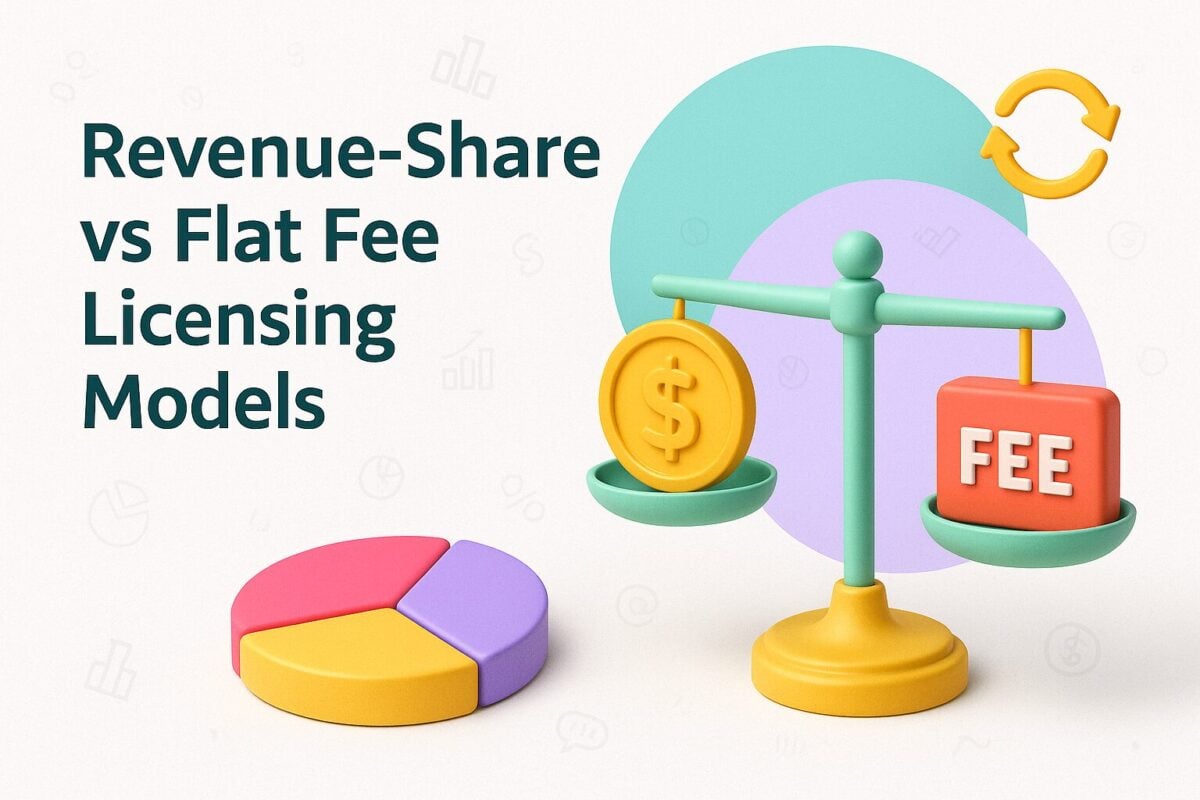If you search for influencer marketing platforms on the internet you will find that most of the articles are written from the point of view of the brands. They discuss which platforms have the most influencers, the best influencers, the most thoroughly-vetted influencers, the easiest influencers for brands to use, or perhaps the cheapest influencers for brands to work with. But there are two sides to any influencer marketing campaign. It is important that the influencers themselves are not forgotten about.
At its heart, an influencer marketing platform is a special kind of marketplace – a marketplace where influencers offer to provide a service for brands. The platforms provide a “venue” where brands can meet up with influencers so that they can make a deal.
These marketplaces have been set up in recent years to meet a need. In many ways, you can think as the influencer marketing platforms as being similar to Uber and Airbnb. Uber was set up as an organized marketplace so that drivers and potential passengers can meet up to make travel arrangements. Similarly, Airbnb was set up to match those with spare rooms to let with potential guests wanting somewhere to stay. Well, the influencer marketing platforms are simply organized marketplaces where those who want to spread a message (the brands) can meet those with channels and audiences who can spread their message (the influencers).
In all cases, there needs to be a balance between both sides. Uber is not just about potential passengers. The drivers are just as important. You wouldn’t travel very far using Uber if there were no drivers to take you. Similarly, people wanting to book accommodation through Airbnb would have nowhere to stay, if there weren't people happy to open their homes.
For a marketplace to function, you need a balance where those supplying the service and those buying it are equally happy and willing for the relationship to continue.
5 Things Influencers Should Look for when considering an Influencer Marketing Platform:
Influencer Marketing Platforms
Unlike the urban travel and accommodation markets, where Uber and Airbnb have been able to take over a significant portion of their industries, the influencer marketing market is highly fragmented. Many agencies have built their own networks of influencers. At the other extreme, individual brands can still search out for influencers themselves and operate independently of any formal marketplace agreements.
No individual company has dominated as an influencer marketing platform. Although exact numbers are unclear, there are hundreds of influencer marketing platforms at this moment in time. We covered 25 of them in 25 Top Influencer Marketing Platforms to Boost your Campaigns, but this only really scratched the surface of the industry.
Some of the platforms have invested heavily in automation, to determine the top influencers by using artificial intelligence. In these cases, influencers often appear on the platform, whether they want to or not.
In other cases, the platforms prefer a more hands-on approach to selecting their influencers. They either search for influencers to sign up to their platform themselves, or they offer influencers the opportunity to apply to be part of their platform.
This obviously affects the relationship between an influencer and a platform. An influencer who has applied to, and been accepted to work with a platform will have a far more vested interest in it than an influencer who appears on a platform simply because an algorithm deems them to be important. In the latter case, the influencer may not even know they appear on the platform, and may have no interest in developing relationships or working with brands.
Why Would an Influencer Work With a Platform?
1. A Chance to Build Relationships
At which point does a blogger, YouTuber or social media user become an influencer? Do you actually know when you are an influencer? The answers to these questions are often quite fluid. If you appear on an influencer platform, you know that at least the platform considers you to be an influencer.
If you are relatively new at influencing your supporters you are unlikely to have brands queuing up at your door. They won’t know who you are. Indeed the first you hear from a brand may be from one who uses an automated platform that has thrown up your name as a potential influencer for them to contact.
If you feel that you are reaching the influencer status, you could consider opting into to an influencer platform. This gives you an opportunity to build relationships (outside those you make through your own site or channel) and hopefully gain your first paying influencer marketing gig.
2. A Chance to Build up Your Credibility
Once you manage to participate in a few influencer marketing campaigns for a platform, you start to build credibility. You begin to create a record that other brands can see.
In some ways, this works exponentially. The more successful you are at influencer marketing, the more brands take notice of you, and the more of their budget they are willing to shift in your direction.
Influencers can help this process, particularly if they work with video. If they have more money coming in they can invest some of it making even better content.
In some ways, you can compare working on an influencer platform as being similar to a freelancer working with a freelancing platform, such as Upwork or Freelancer. When you begin on these platforms you first need to prove yourself. You gradually build up samples of your work, which encourages firms to approach you. Eventually, your back catalog of work is sufficiently advanced that you are able to increase the rates you charge. This is how it is for influencers on many platforms once they have built up their credibility.
3. A Better Likelihood of Creative Freedom Than Dealing Directly With a Brand
Influencers have generally gained their status because of the quality of the content that they share with their audience. Their audiences trust them.
Yet quite a few brands, particularly more traditional companies, keep tight reins on how their brand is represented.
On one hand, the brand wants influencers to share their content (perhaps they have heard how successful influencer marketing can be) but on the other hand, they look at the content as being theirs – not the influencer's.
This can lead to a huge conflict of interest. This is particularly the case when you have a single person (the influencer) up against a corporate team.
Quite a few influencers have found that the power balance becomes more equal when they use a platform. They don’t have to fight for content control themselves.
Because the platforms are involved with influencer marketing all the time, they understand the importance of creative freedom for the influencers. The platforms can act as an intermediary to ensure that brands do not pressure influencers to give over all creative control.
What Has a Blogger Learned From Working at an Influencer Platform?
In her article, 4 Things I Learnt as a Blogger Working at an Influencer Marketing Platform, Sam Wright describes the four key points she discovered while working both as a blogger For her techgirlblog.com blog, and then later for the Webfluential influencer marketing platform. Her key findings are:
- An influencer’s audience is paramount – the content you provide to them must be right for them. If you try to pass off content provided by brands to your audience, and it doesn't fit your style, then you are doing your audience an injustice and potentially harming your relationships with them.
- influencers need to realize that a brand’s primary interest is on the ROI of a campaign. Hence you need to be able to provide them with data so that they can work out the ROI. As an individual blogger, YouTuber or social media performer it may be difficult to find and share the relevant data. Most platforms, however, are built to create the data that brands love so much
- Most brands use more than one influencer in an influencer campaign. So it makes sense that any influencer should take the time to build up relationships with the other influencers they work with, collaborating on projects together.
- Good relationships are important in influencer marketing, and the key part of building these good relationships is a foundation of trust
What Should an Influencer Look For in a Platform?
It is not easy to compare platforms. There are so many of them, and they operate in so many different ways. Some select their influencers, inviting them to join the platforms. Some invite applications from interested influencers who meet certain criteria. Some accept any influencer who apply. Some simply provide names to brands using their own electronic formula, with influencers often unaware that they are even promoted by the platform.
If you have the opportunity to opt into a platform, what should you be looking for?
1. Access to Opportunities
Obviously, an influencer hoping to make some money from their online activities will prefer to work with a platform that will provide them with plenty of chances of being selected to work with brands. This obviously means that the bigger platforms with more customers have an advantage.
However, the counter to this is that while the smaller platforms have fewer customers, but they also have fewer competing influencers.
Active influencers will probably find the least opportunities from the fully automated sites who provide lists of thousands of potential influencers to their clients to choose from.
FameBit gives its influencers the chance to bid on influencer opportunities. In many ways, this is the opposite to most platforms, where brands search for influencers. On FameBit, influencers look for relevant brands.
IZEA is another platform which shows potential influencers jobs that are available for influencers, with clear indications as to the countries from where influencer applications are acceptable.
2. Rate Guidance
If you were approached by a brand and asked to work with them, what would be your reaction if they asked you to name your price? Do you have any idea of what the going rate for an influencer of your size and status is? On the one hand, you don’t want to name a price so high that they look elsewhere, but on the other hand, you don’t want to sell yourself short.
The best platforms have a clear guide as to the worth of an influencer for a transaction.
In some cases, this is not a monetary value. Some of the platforms work on the basis of offering free product to the influencers. Although this may not be worth a huge dollar value, it at least makes things very clear for the influencer, and for many micro- influencer it is a perfectly acceptable rate of payment.
At Obvious.ly, for instance, 90% of influencers receive free product, rather than monetary compensation. influencers who work with Influenster apply for VoxBoxes full of free products.
One side effect of the way FameBit operates is that the “ads” on FameBit show how much brands are willing to pay influencers. This makes things very clear to influencers as they decide which brands to make a bid to operate with.
Some of the platforms specify fixed rates. Influenz, for instance, specifies a payment rate that is dependent on how many Instagram followers you have.
Webfluential has an interesting tool where anybody who considers themselves an influencer can enter their Twitter handle on the site and it will give them an estimated value per influencer tweet made.
3. Reporting Tools
Although the reporting tools are probably more for the benefit of the brands, they can still be helpful to the influencers. They help give guidance as to which content performs well with audiences, and which has not. Many influencers find this useful for perfecting their content creation in the future.

A second advantage of clear reporting tools is that sometimes payment is based on performance and the platforms’ reporting tools provide the evidence required to set the level of payment.
4. Education Around the FTC Guidelines
As we reported in our recent post, What are the FTC Social Media Guidelines that Influencer Marketing Professionals Should Adhere to? the FTC has recently cracked down on influencers making posts that appear completely genuine, but which are actually uncredited marketing messages.
Yet, knowledge about the FTC Guidelines is still relatively poor amongst influencer. It is taking some time for the new situation to bed down.
Some platforms do make an effort to inform their influencers how they operate if they are to comply with the law. Tapinfluence, for instance, has a post on their site making it very clear to influencers (brands and agencies) what they believe are the FTC obligations the influencers need to abide by.
5. A Genuine Community
Lastly, as I referred to above, one of the key benefits of influencer marketing to the influencers is the opportunity to build up genuine relationships with similar people. Those platforms that offer a genuine community for their influencers and brands to interact obviously have a real advantage when it comes to winning an influencer’s approval.


